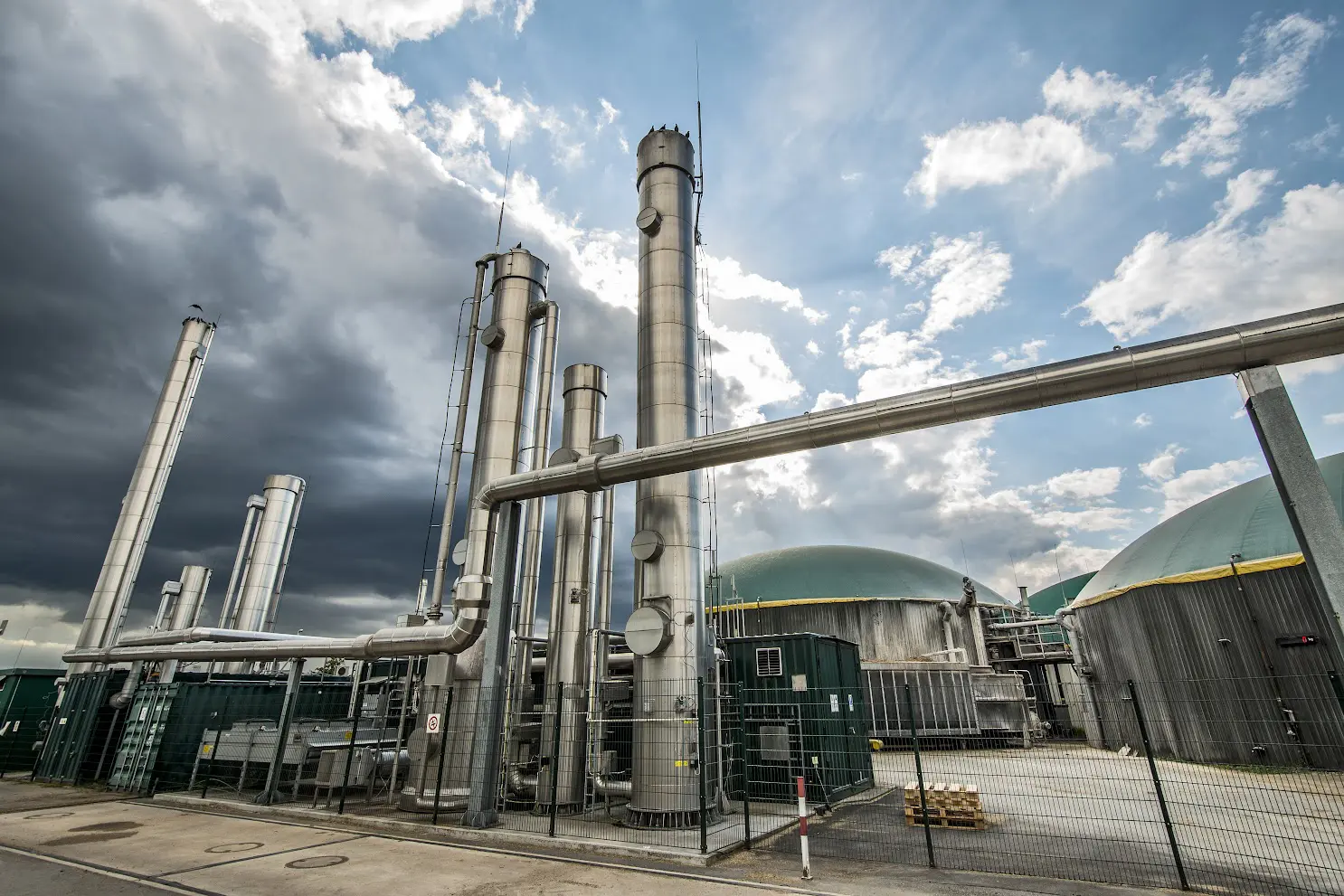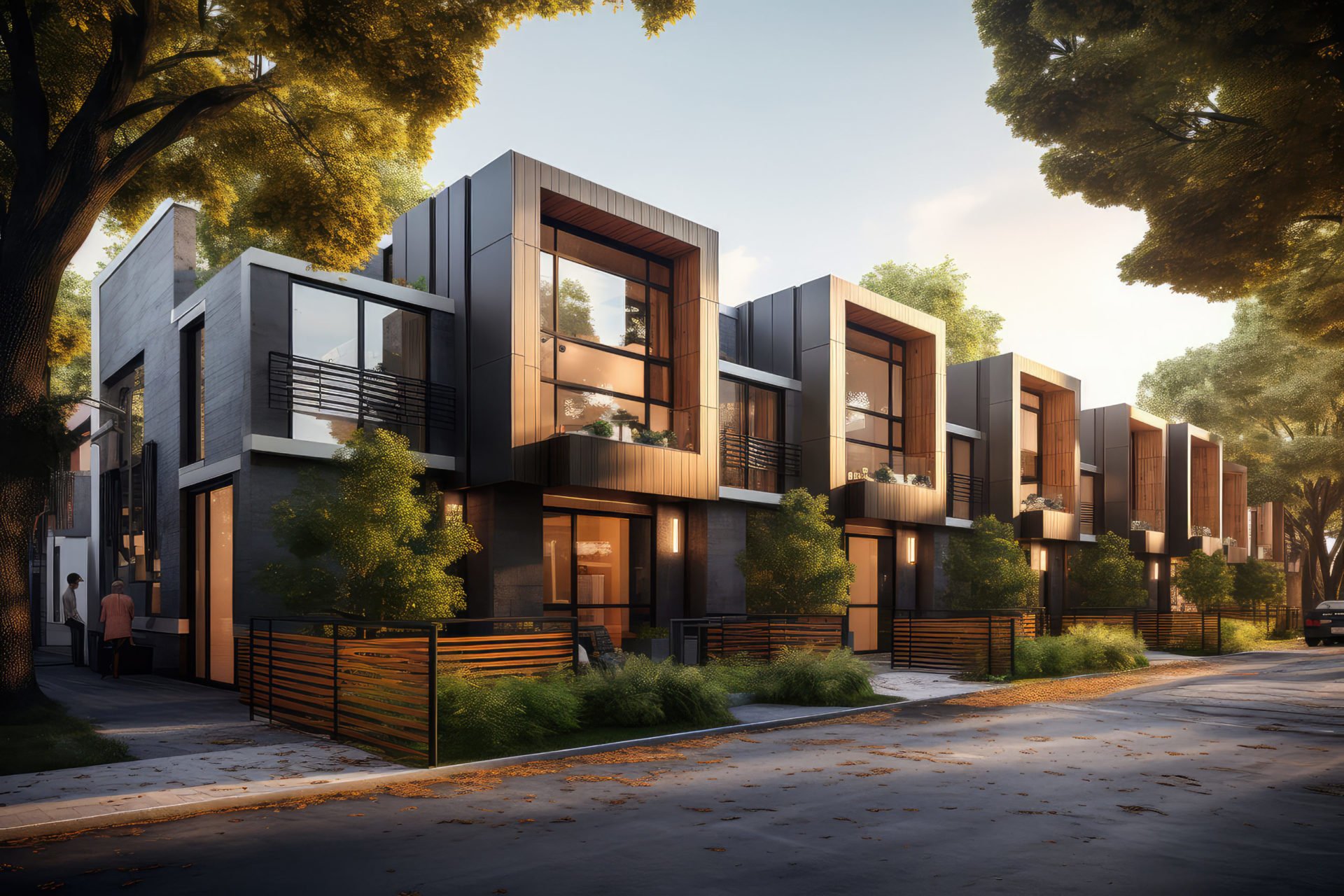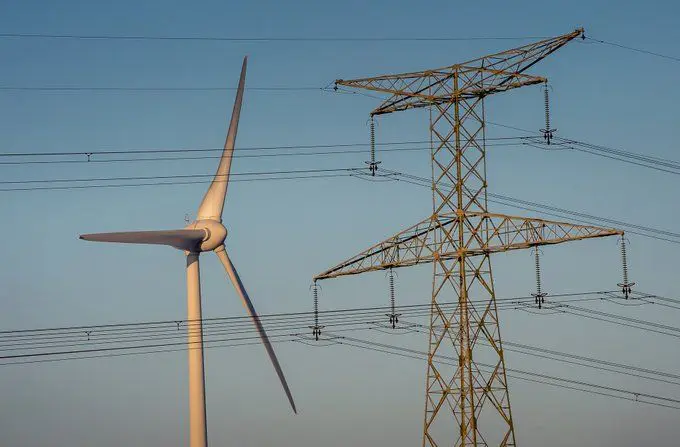Comment optimiser le fonctionnement d’un bâtiment grâce à la GTB ? #2

The way a building is used has a direct impact on its energy costs. Good equipment management is an important lever for reducing consumption. In the context of environmental transition, Building Management Systems (BMS) play a crucial role in optimizing building operations for greater energy efficiency and sustainability. Let’s take a closer look at what’s at stake and how to proceed.
What is BMS?
L
A BMS (Building Management System) guarantees a building’s energy efficiency. Suited to most buildings, a BMS functions as an intelligent interconnection between all systems. The term BMS/CTM is also used to refer to the IT system that centralizes the management of a building’s technical infrastructure and equipment.
Historically, BMS systems have been installed to manage HVAC (Heating-Ventilation-Cooling) installations, thereby improving occupant comfort and promoting energy savings.
What challenges does a BMS face?
Building management systems optimize building operation by monitoring and controlling energy consumption. They are therefore a major asset when it comes to determining and achieving energy performance targets.
By contributing intelligently to the centralized supervision of technical installations, a BMS enhances a building’s performance, safety, comfort, and energy efficiency.
A BMS offers a range of benefits that optimize the overall operation of a building, including energy savings, enhanced occupant comfort, reduced operating costs, user-friendly interfaces, minimized on-site travel with rapid remote interventions, reliable maintenance actions, 24/7 system monitoring, alarm retransmission, and the ability to optimize and elevate the role of the technical team.
A BMS can be implemented at various levels, from basic control of technical systems to advanced, real-time remote management and regulation of a building’s energy consumption.
How do you start a BMS project?
There are many advantages to implementing a BMS in a building, but to optimize management, it is important to pay attention to several key stages in the process:
Drawing up specifications
Once the building’s specific requirements have been understood and defined, the data collected enables the technical specifications to be drawn up judiciously. The building’s users must be consulted to better understand their needs. Third-party support can also help with project design, particularly when selecting a communications protocol between the various items of equipment linked by the BMS installation.
Building the right solution
We need to make sustainable, flexible choices that meet everyone’s requirements. The aim is to provide a BMS solution that’s right for everyone, and that can be upgraded over time.
Equipment installation
A clear, intuitive and ergonomic interface is the best way to optimize building operation. It’s also important to ensure that clear technical aids such as manuals and instructions are available. Finally, building users and technicians alike need to be trained to use all BMS functions to their best advantage.
Maintenance to ensure long-term operability
Planning both preventive and corrective maintenance for your site ensures the long-term performance of your BMS and supports your energy transition efforts.
To find out more about the E’nergys Group’s BMS solutions, click here! !




